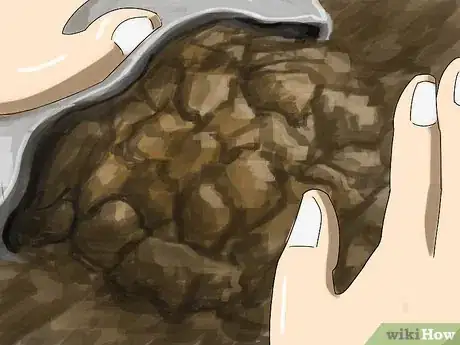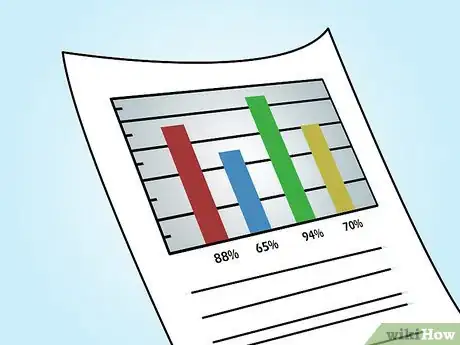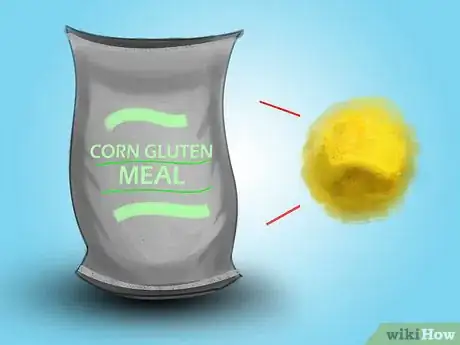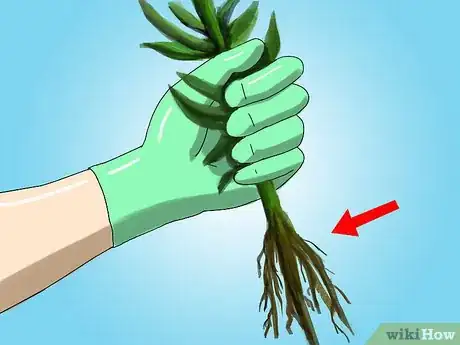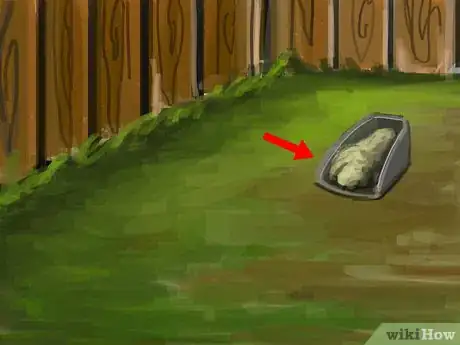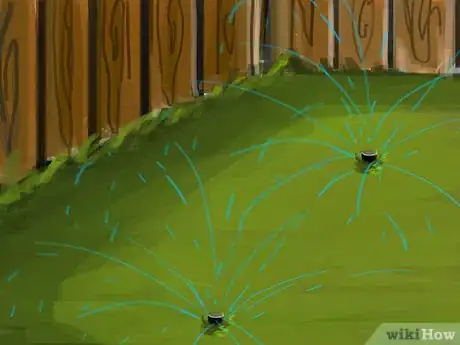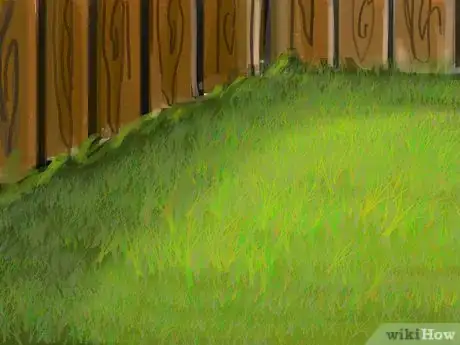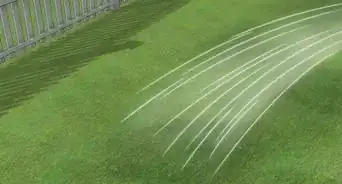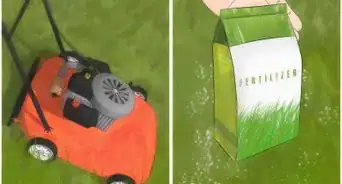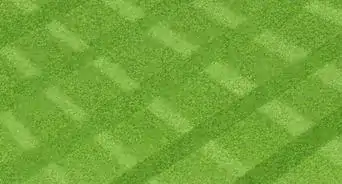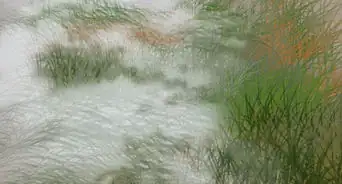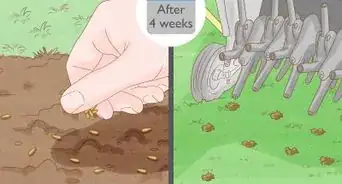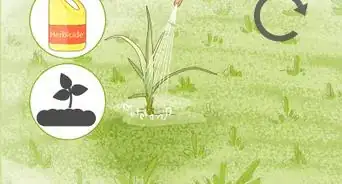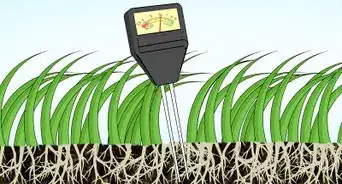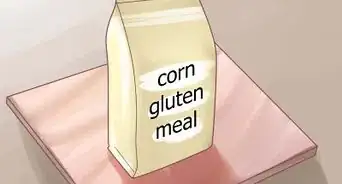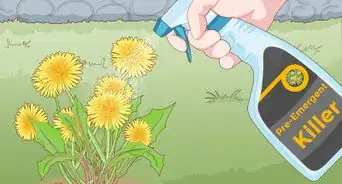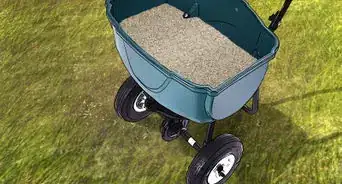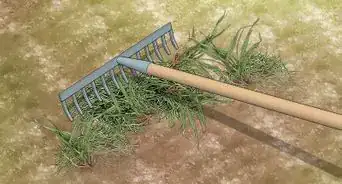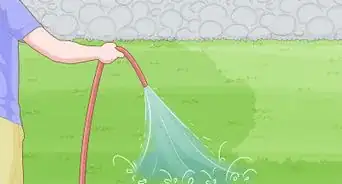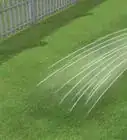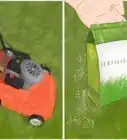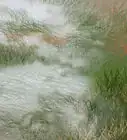This article was co-authored by Ben Barkan. Ben Barkan is a Garden and Landscape Designer and the Owner and Founder of HomeHarvest LLC, an edible landscapes and construction business based in Boston, Massachusetts. Ben has over 12 years of experience working with organic gardening and specializes in designing and building beautiful landscapes with custom construction and creative plant integration. He is a Certified Permaculture Designer, is licensed Construction Supervisor in Massachusetts, and is a Licensed Home Improvement Contractor. He holds an associates degree in Sustainable Agriculture from the University of Massachusetts Amherst.
wikiHow marks an article as reader-approved once it receives enough positive feedback. In this case, several readers have written to tell us that this article was helpful to them, earning it our reader-approved status.
This article has been viewed 198,669 times.
With a little extra effort you can have a weed-free lawn without using chemicals. Weeds cannot grow in a healthy lawn as they are crowded out. The time and effort becomes less and less over the years and eventually will become maintenance free.
Steps
-
1Take soil samples to a local nursery or send them into a testing center.[1] The test will show your nutrient and pH levels, and how much organic matter is present.
-
2Use the results to target specific organic spreads to maintain correct levels for growing grass.[2]Advertisement
-
3Use corn gluten meal in the spring and fall as a pre-emergent for weeds. The corn gluten will also give a small amount of slow-release nitrogen, making it a good weed and feed combination.[3]
-
4Water your lawn or go out after a rain and remove weeds by hand, making sure to get the root system or else the weed will grow back.[4] Use a dandelion tool to remove dandelions.
- To deal with more invasive plants, you need to remove them by the roots and smother the soil either with cardboard or a significant quantity of compost.
-
5Re-seed the entire lawn (in Fall and/or Spring) if necessary, paying particular attention to bare spots. Use a grass mix with a higher percentage of Rye grass (rye grass is a quick growing annual [there is also a perennial rye] that will help to establish the other slower growing perennial grasses).
-
6Dethatch and aerate your lawn in the Spring. Continue to re-seed once a year till the lawn is thick. If you adopt a more sensible method of fertilizing and watering your lawn, it will eventually be unnecessary to dethatch or aerate. For details, see the WikiHow article How to get and maintain a healthy lawn
-
7Keep your lawn mower at higher settings during the Summer months; the higher grass shades out weeds.[5]
Expert Q&A
-
QuestionCan I control weeds without chemicals?
 Keith SouzaKeith Souza is a Home Improvement Specialist and the Owner of Vaulted Hammer Handyman Services. He specializes in home repair, home automation, and yard maintenance. Keith holds an AAS in Electronics Technology from Heald College.
Keith SouzaKeith Souza is a Home Improvement Specialist and the Owner of Vaulted Hammer Handyman Services. He specializes in home repair, home automation, and yard maintenance. Keith holds an AAS in Electronics Technology from Heald College.
Home Improvement Specialist It depends on what type of plant that is growing in your turf that you don't want there. If you don't want to use chemicals, the other option is to get down on your knees and start pulling. There's really no substitute for this periodic maintenance. Cut your grass every week or two and walk around your yard once a month looking for undesired weeds that are growing there to remove them.
It depends on what type of plant that is growing in your turf that you don't want there. If you don't want to use chemicals, the other option is to get down on your knees and start pulling. There's really no substitute for this periodic maintenance. Cut your grass every week or two and walk around your yard once a month looking for undesired weeds that are growing there to remove them. -
QuestionMy lawn is probably about 50 percent weeds of all kinds. Can I fix this, or is it time to rip it all out and start from sod or seed?
 Community AnswerYou do not need to start over. Just follow the methods illustrated in the article and your lawn should improve.
Community AnswerYou do not need to start over. Just follow the methods illustrated in the article and your lawn should improve. -
QuestionWhat kind of grass will be strong enough to push bad grass out?
 Community AnswerBermuda & Zoysia grasses spread via runners called stolons (above ground) & rhizomes (below ground). Zoysia spreads much slower than Bermuda and is slower in repairing itself. These both are warmer season grasses but do have some slight shade tolerant cultivars.
Community AnswerBermuda & Zoysia grasses spread via runners called stolons (above ground) & rhizomes (below ground). Zoysia spreads much slower than Bermuda and is slower in repairing itself. These both are warmer season grasses but do have some slight shade tolerant cultivars.
Warnings
- Some weeds such as Creeping Charlie may need to be removed with chemicals; treat them in the fall when nutrients are stored in the root system. If you do need to treat with chemicals, use a granule, you are less likely to contaminate aquatic life as you would with a liquid. Read and follow all label directions.⧼thumbs_response⧽
References
- ↑ https://www.todayshomeowner.com/video/soil-test/
- ↑ https://www.thisoldhouse.com/ideas/tips-lush-organic-lawn
- ↑ https://www.gardensalive.com/product/have-a-healthy-weedfree-lawn--naturally
- ↑ https://naturallysavvy.com/nest/how-to-get-a-thicker-weed-free-lawn-naturally/
- ↑ https://oldworldgardenfarms.com/2015/06/12/6-tips-to-a-great-lawn-without-using-chemicals/
